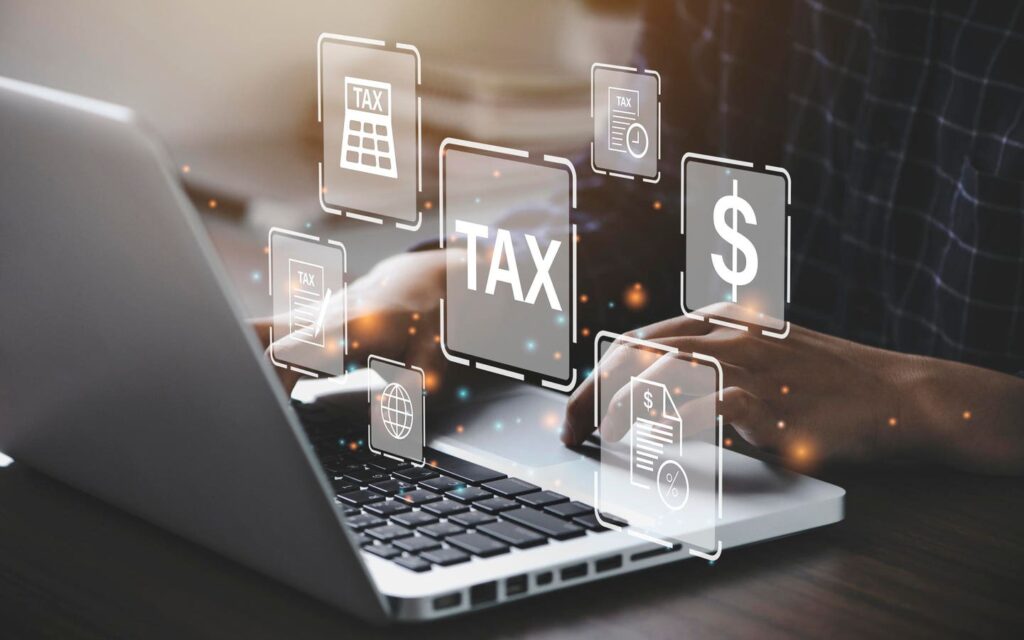U.S. tax filers seem to be filing their respective tax forms later this year. Since the IRS started accepting returns in January, the volume has been lower every week compared to the prior year. For those of us who have not yet filed our federal and state tax returns — but are looking for ways to legally keep more of our funds — prospective tax filers might want to consider the “ChatGPT option.”
While AI is not a replacement for a tax specialist or accountant, it can help identify documents to wrangle, proper forms to fill out as well as changes and updates to the tax code — all of which can be shared with a tax preparer.
Below are five prompts crafted using a situational framework to benefit the average taxpayer. Each query can be customized — such as adding the state where the taxpayer lives — then cutting-and-pasting only the portions in quotations into the free generative AI chatbot of your choosing.
It’s a best practice to run each of the five prompts individually to ensure output clarity and ease of understanding.
ChatGPT Hack No. 1: Gathering 2024 Tax Documents
This prompt serves as a logical starting point to generate a list of the various documents, receipts and forms that the average tax filer will need to get started.
“I am preparing to file my 2024 tax return and want to ensure I have all the necessary documents and forms. Can you provide a comprehensive checklist of the required documents based on different income sources (W-2, 1099, investment income, rental income, etc.), deductions and credits? Additionally, highlight any forms that are commonly overlooked and provide guidance on how to obtain missing documents. Please let me know if you have specific questions about my situation to help compile the list.”
ChatGPT Hack No. 2: Understanding New Tax Law Changes
It seems that tax laws change every year, and 2024 was no different. This prompt empowers tax filers with the ability to consolidate all publicly published updates in a single spot.
For this query, it’s best to use an AI bot such as Perplexity or ChatGPT since both have AI-driven search functions that can provide citations for your tax preparer.
“Can you provide a detailed yet easy-to-understand summary of the key tax law changes for 2024 that could impact both federal and state tax returns? Please cover changes in tax brackets, new deductions or credits, modifications to existing tax laws and any other important updates. Where applicable, include comparisons to 2023 laws and examples of how these changes may affect different taxpayers (e.g., salaried employees, self-employed individuals, families and retirees).”
ChatGPT Hack No. 3: Organizing Multiple Income Streams
Whether you call it a side hustle, second job or freelance work, a growing number of people have more than one source of income. The intent of this prompt is to capture all sources of income to ensure the taxpayer has all the necessary forms that will be reported to the federal government by their various employers.
“I have multiple sources of income, including W-2 employment, freelance work (1099) and investment income (dividends, capital gains). How should I systematically organize my income and deductions to ensure accurate reporting and minimize errors when filing my 2024 taxes? Please provide a structured approach, including record-keeping best practices, estimated tax payment strategies and any software or tools that could simplify the process.”
ChatGPT Hack No. 4: Common Deductions and Tax Credits
While not everyone uses itemized deductions such as mortgage interest, pre-tax 401(k) investment amounts or certain health expenses, this prompt provides the most common that are available.
Once you have a list of itemized deductions, you can compare those potential write-offs with the updated standard deduction for your unique situation to determine which method saves you more.
“What are the most common deductions and tax credits available for 2024, and how can I determine which ones I qualify for? Please categorize deductions and credits based on key factors such as income level, family situation (dependents, marital status), homeownership and self-employment. Provide eligibility requirements and examples of how taxpayers can maximize their tax benefits.”
ChatGPT Hack No. 5: Boost Refund or Minimize Liability
The federal tax code on its own is more than 6,800 pages long. When the official U.S. tax regulations and the Treasury’s interpretation of all that tax jargon are included, there are more than 75,000 pages of tax-related documents stacked against the average taxpayer.
Within that bolus of bureaucratic bloviation are approximately 280 tax expenditures — also known as loopholes — that can be used by eligible taxpayers to legally reduce their tax burden. This prompt will help sift out the most common types.
“How can I legally optimize my 2024 tax refund or reduce my tax liability? Please provide effective tax planning strategies, including IRA contributions, HSA funding, estimated tax payments and other tax-saving techniques. Break down strategies for different taxpayer situations (salaried employees, self-employed individuals, families and retirees), and explain the short-term and long-term tax benefits of each approach.”
As the cliché goes, “the only certainties in life are death and taxes.” Since AI can’t do anything — yet — to ease the sting of death, you might as well see if ChatGPT can ease Uncle Sam’s tax bite.
Read the full article here

